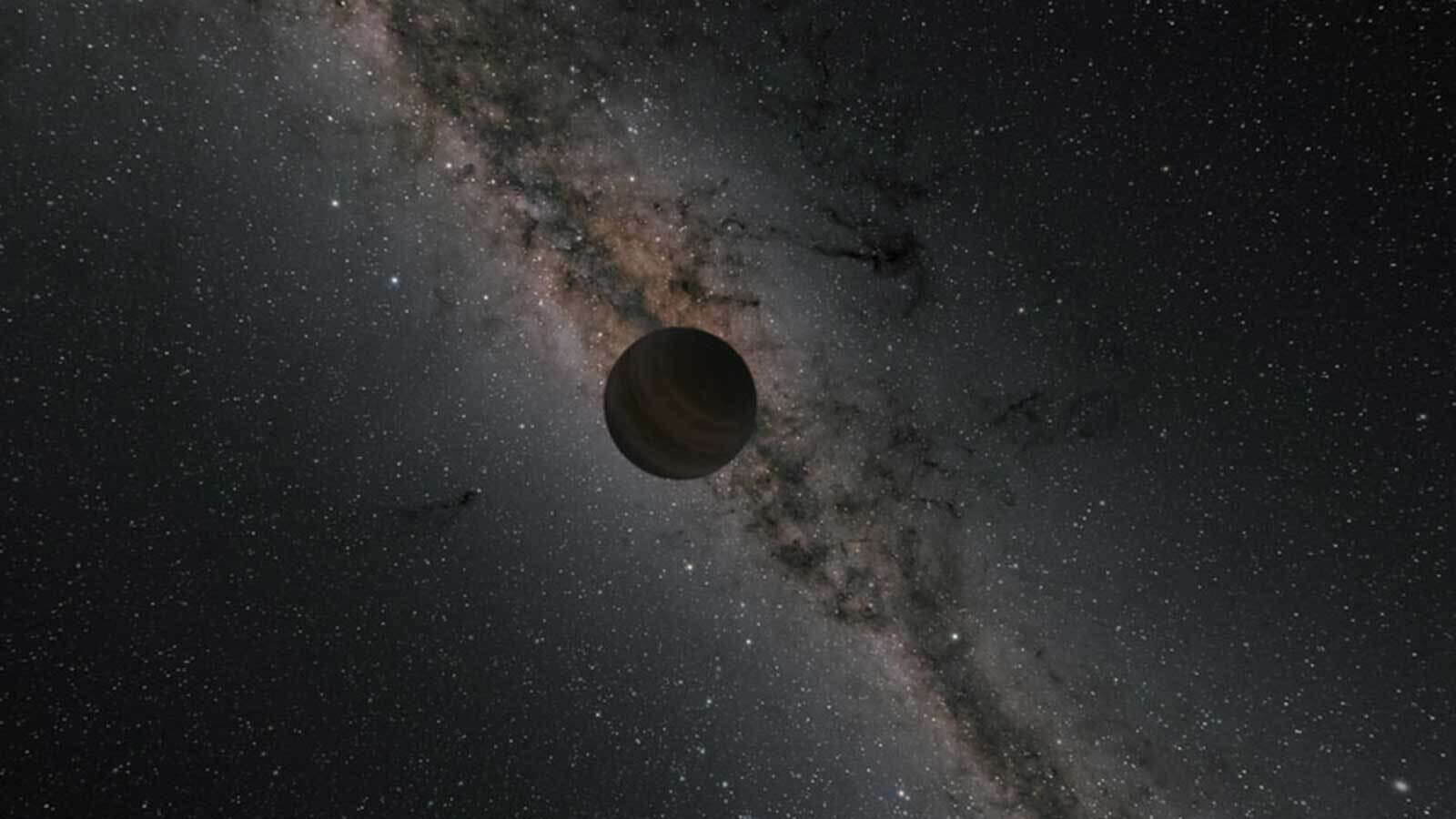Universe Today recently explored the importance of studying impact craters and what they can teach us about finding life beyond Earth. Impact craters are considered one of the many surface processes—others include volcanism, weathering, erosion, and plate tectonics—that shape surfaces on numerous planetary bodies, with all of them simultaneously occurring on Earth. Here, we will explore how and why planetary scientists study planetary surfaces, the challenges faced when studying other planetary surfaces, what planetary surfaces can teach us about finding life, and how upcoming students can pursue studying planetary surfaces, as well. So, why is it so important to study planetary surfaces throughout the solar system?
Continue reading “Planetary Surfaces: Why study them? Can they help us find life elsewhere?”Three Iron Rings Around A Star Show Where Planets are Forming
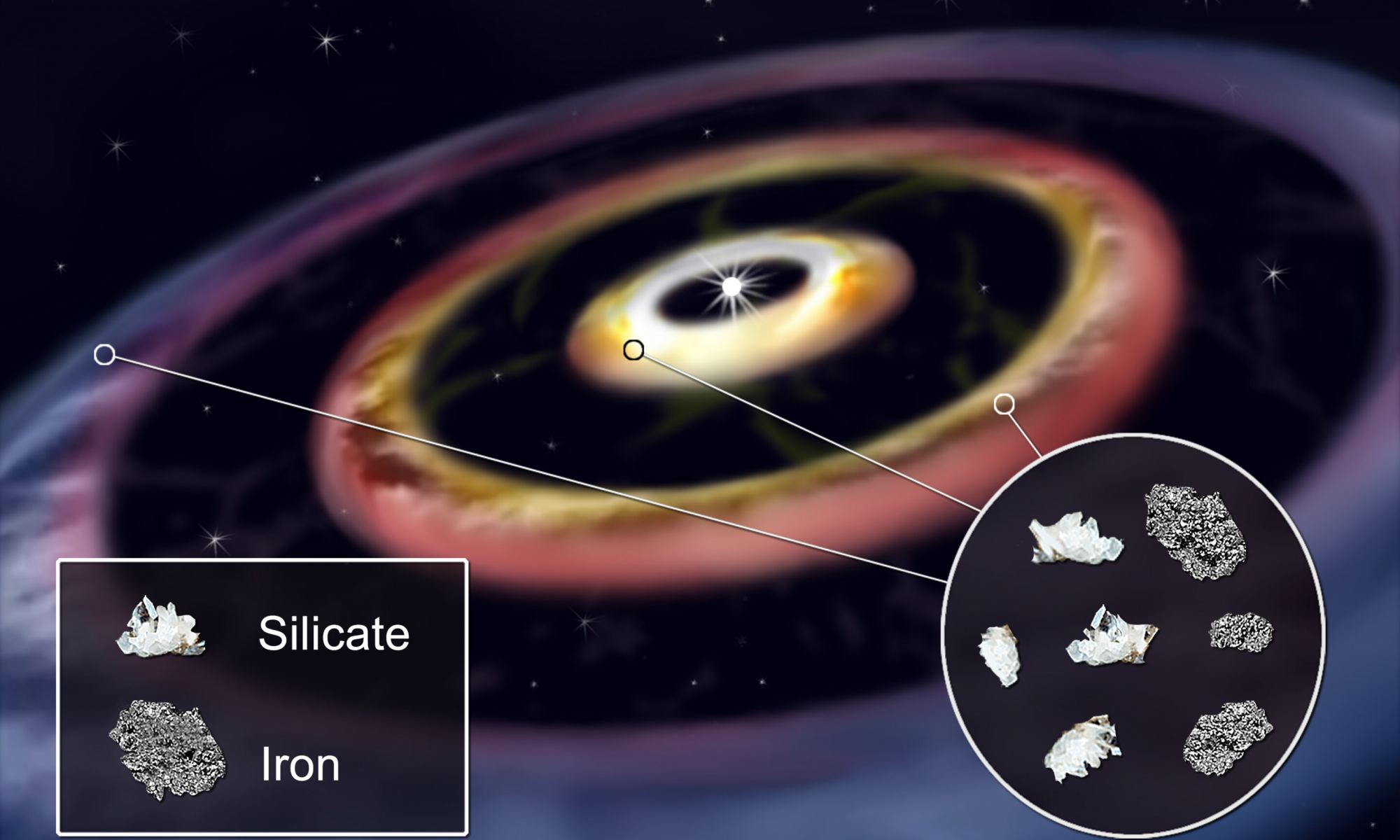
Researchers using the ESO’s Very Large Telescope Interferometer (VLTI) have found three iron rings around a young star about 500 light-years away. The rings indicate that planets are forming. What can these rings tell us about how Earth and the other planets in our Solar System formed?
Continue reading “Three Iron Rings Around A Star Show Where Planets are Forming”It Doesn’t Take Much to Get Tilted Planets

Chinese and Indian astronomers were the first to measure Earth’s axial tilt accurately, and they did it about 3,000 years ago. Their measurements were remarkably accurate: in 1120 BC, Chinese astronomers pegged the Earth’s axial tilt at 24 degrees. Now we know that all of the planets in the Solar System, with the exception of Mercury, have some tilt.
While astronomers have puzzled over why our Solar System’s planets are tilted, it turns out it’s rather normal.
Continue reading “It Doesn’t Take Much to Get Tilted Planets”ALMA Takes Next-Level Images of a Protoplanetary Disk
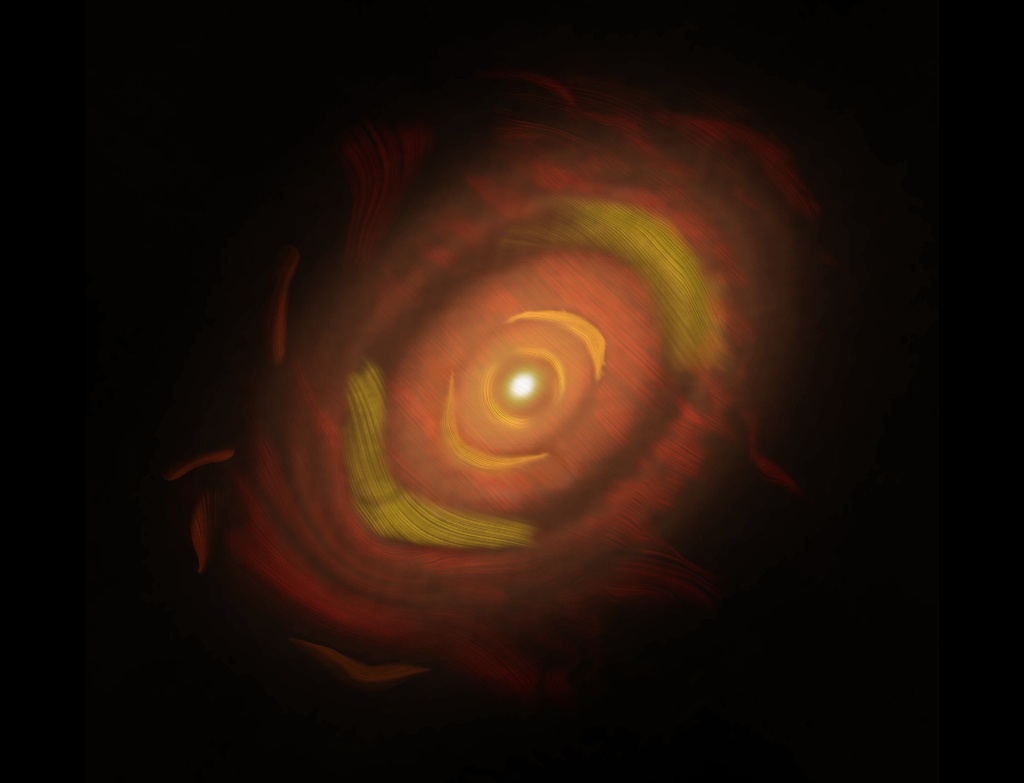
The ESO’s Atacama Large Millimeter/submillimeter Array (ALMA) is perched high in the Chilean Andes. ALMA is made of 66 high-precision antennae that all work together to observe light just between radio and infrared. Its specialty is cold objects, and in recent years, it has taken some stunning and scientifically illuminating images of protoplanetary disks and the planets forming in them.
But its newest image supersedes them all.
Continue reading “ALMA Takes Next-Level Images of a Protoplanetary Disk”Astronomers See the Afterglow Where Two Ice Giant Planets Collided
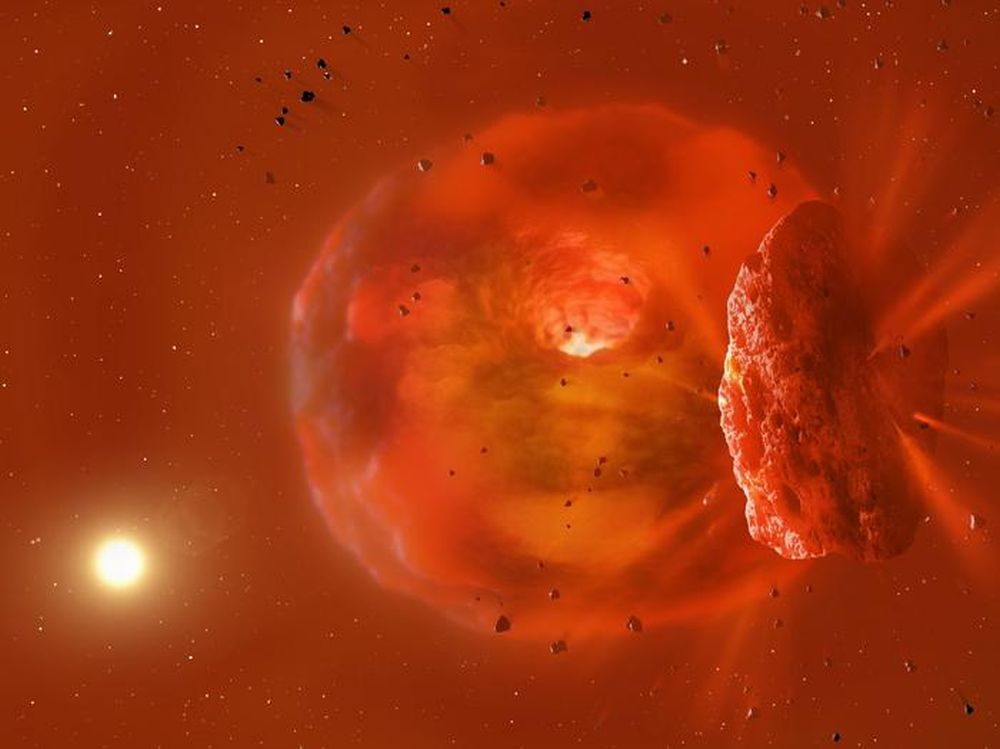
What would happen if two giant planets collided? It would be terrifying to behold if it happened in our Solar System. Imagine if Neptune and Uranus slammed into each other. Picture the chaos as a new super-heated object took their places, and clouds of debris blocked out the Sun. Think of the monumental destruction as objects are sent careening into each other.
Astronomers spotted the aftermath of a gigantic planetary collision like this in a distant solar system. From a safe distance, they were surprised and intrigued rather than terrified. Now, they intend to keep watching as the aftermath unfolds.
Continue reading “Astronomers See the Afterglow Where Two Ice Giant Planets Collided”When did the First Continents Appear in the Universe?
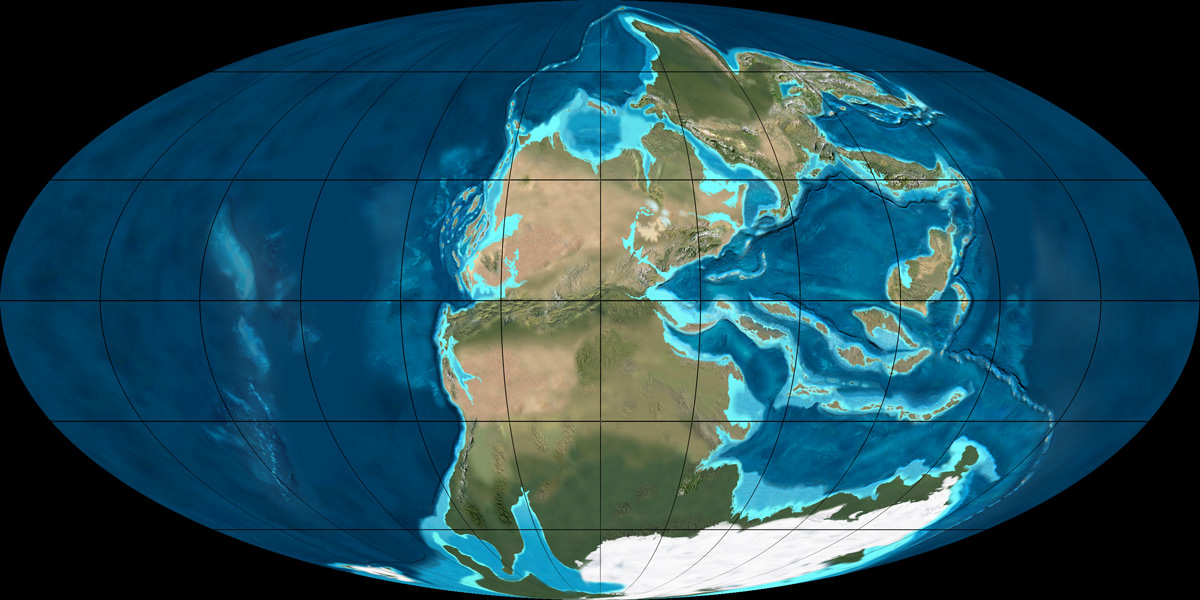
On Earth, continents are likely necessary to support life. Continents ‘float’ on top of the Earth’s viscous mantle, and heat from the planet’s core keeps the mantle from solidifying and locking the continents into place.
The core is hot because of the presence of radioactive elements that came from neutron star collisions. It should be possible to calculate when the first continents formed in the Universe.
So that’s what one researcher did.
Continue reading “When did the First Continents Appear in the Universe?”JWST Sees Newly Forming Planets Swimming in Water

One big question about Earth’s formation is, where did all the water come from? New data from the James Webb Space Telescope (JWST) shows newly forming planets in a system 370 light-years away are surrounded by water vapor in their orbits. Although astronomers have detected water vapor in protoplanetary disks before, this is the first time it’s been seen where the planets are forming.
Continue reading “JWST Sees Newly Forming Planets Swimming in Water”One in Ten Stars Ate a Jupiter (Or Bigger)

In space, cataclysmic events happen to stars all the time. Some explode as supernovae, some get torn apart by black holes, and some suffer other fates. But when it comes to planets, stars turn the tables. Then it’s the stars who get to inflict destruction.
Expanding red giant stars consume and destroy planets that get too close, and a new study takes a deeper look at the process of stellar engulfment.
Continue reading “One in Ten Stars Ate a Jupiter (Or Bigger)”Astronomers Watch a Star Gulp Down One of its Planets

A star like our Sun only shines the way it does because of its intrinsic balance. Stars are massive, and the inward gravitational pressure from all that mass acts to contain the outward thermal pressure from all the fusion inside the star. They are in equilibrium, or on the main sequence if you like, and the result is a spherical mass of plasma that holds its shape and emits radiation with relative stability for billions of years. Like our Sun.
But eventually, stars teeter over the edge and lose their balance. Stars like our Sun will expand, take on a malevolent red hue, and begin to destroy anything that comes within their grasp.
Like a planet.
Continue reading “Astronomers Watch a Star Gulp Down One of its Planets”A Rogue Earth and Neptune Might Have Been Found in Older Data
Scientists have found what appear to be rogue planets hidden in old survey data. Their results are starting to define the poorly-understood rogue planet population. In the near future, the Nancy Grace Roman Space Telescope will conduct a search for more free-floating planets, and the team of researchers developed some methods that will aid that search.
Continue reading “A Rogue Earth and Neptune Might Have Been Found in Older Data”

